
Coconut oil is an amazing ingredient. It’s trending as a healthy fat for keto dieters, while also featuring in many skincare recipes, being fantastic as a cooking oil, helping with dental health, and much more. The product is easy enough to buy, but why not learn how to make coconut oil instead?
There are plenty of reasons to do this. After all, making your own ingredients gives you much more control over the quality. This way you know there are no nasty ingredients in the mix. You might even save some money in the process.
Plus, commercial coconut oil products aren’t always that good. Some have extracted using high temperatures or chemical solvents like hexane. The oil may have been deodorized too, which is a concerning practice.
Making your own coconut oil isn’t that difficult anyway. You’ll soon have a healthy and versatile product that you can use in many ways, like in skincare, as a massage oil, for roasting vegetables, and as a fat bomb ingredient.
How To Make Coconut Oil
The most complicated thing about making coconut isn’t the process itself; it’s simply choosing your approach. The general process remains roughly the same throughout, but the steps can be completed using different techniques.
Also, the first few steps described below show you how to extract and process coconut meat. You can skip these and move straight to Step 4 if you want to use coconut milk as your base ingredient.
Step 1: Preparing Your Coconut

If you’re starting with a whole coconut, you’ll first need to separate the coconut meat from the rough husk and thin brown skin.
The first step is to crack open the coconut. That’s as easy as hitting the coconut with something hard, like a mallet. You can also simply throw it down on a hard surface, although this approach can get a bit messy.
Once the coconut has been opened, you need to separate the meat from the shell. A knife works well here or you can find a specialized coconut tool. After you’ve done this, you can grate the coconut meat or physically scrape off the brown coconut skin.
Alternatively, you can try the approach in the video below.
Those are just a few approaches. Some people use a grater tool directly in the coconut, while others do things differently again. So, if you have your own favorite technique for getting coconut meat, feel free to use this. The way you do it doesn’t matter as long as you end up with coconut meat.
Step 2: Creating A Liquid
Once you have coconut flesh, the next step is to process it until you get a thick and creamy mixture.
The easiest approach is to blend grated coconut milk with hot water. Do so carefully, as blending hot water can easily lead to accidents. You might find it easiest to blend the coconut and water in small batches.
The process gives you a fiber-rich liquid that contains a decent amount of coconut milk.
Step 3: Separating Out The Fiber

The next step is to separate out the fiber, which will give you coconut milk. This process can be as simple as straining the mixture into a separate bowl, using either a fine mesh strainer or a cheesecloth. A cheesecloth is particularly helpful here, as you can squeeze it to get even more liquid out.
Once separated, you can pour some hot water over the remaining fiber. Doing so helps extract any remaining liquid.
The coconut pulp that is left behind isn’t a waste product. You can dry it out and use it in many baking recipes.
Step 4: Separating Coconut Oil From Coconut Cream
So, the next step is separating the mixture to give you coconut oil and coconut cream. There are a few ways to do this.
Option 1: Wait
The first approach involves placing the oil in a jar and leaving it for roughly 24 hours. The coconut cream and coconut oil will separate out, with the cream at the bottom of the jar. Once the two have fully separated, you can spoon the oil out into its own container.
If you find it difficult to scoop out just the coconut oil, you can use a sieve or cheesecloth to filter the oil. Even a coffee filter can work, although some oil will end up on the filter itself.
Waiting for the oil to separate like this is helpful if you want a hands-off approach or as a way to completely avoid heat.
Option 2: Heat The Coconut Oil

Alternatively, you can heat the coconut milk at a low and consistent temperature. You’ll need to keep stirring it until all water has evaporated and the oil and cream have separated from each other. This process requires some practice, as you might be boiling the liquid for an hour or more.
Some authors suggest being cautious with the temperature, so that the coconut milk is only simmering. Doing so takes longer, but should give you better quality coconut oil.
This video shows what the process looks like and there’s also a fantastic recipe from Alpha Foodie, with detailed instructions and plenty of images. The recipe from Alpha Foodie also provides some tips about the timing and how the properties of the coconut oil change based on when you stop heating it.
Bonus Approach: Using Dried or Dehydrated Coconut
Fresh coconut isn’t the only way to go. You can also make coconut oil from dried or dehydrated coconut. You can easily buy coconut from the local grocery store – just ensure the bag only contains coconut and no additives.
Alternatively, you can dehydrate coconut meat yourself. The easiest way is to cut the coconut meat into pieces and use a dehydrator. You can also dry coconut pieces by baking them in the oven at a low temperature.
Then, you simply need to juice the dried coconut. Stick with a small amount at a time so you don’t clog up the juicer. You’ll need to run the coconut through the juicer at least twice to get all the liquid out.
Once you have the liquid, you’re going to separate out the oil as we discussed previously.
Tips For Making Your Own Coconut Oil

Use A Mature Coconut
You’ll need to use a mature brown coconut to make coconut oil. A green one simply won’t work.
However, the coconut shouldn’t be too old either because coconut meat becomes drier as the coconut ages. This makes oil extraction more difficult.
Finely Grate The Coconut Meat
Finely grating your coconut meat increases the surface area, leading to more coconut oil. Grating the coconut like this can also make the next steps much easier.
Be Patient
Homemade coconut oil requires patience. This is particularly true during separation, as you’ll need to wait at least 24 hours for the coconut oil to separate out naturally or boil your liquid for an hour or two.
Trying to do things faster can easily compromise the quality of your coconut oil. You might even end up with an unusable final product.
Should You Use Organic Coconuts?
Research suggests that pesticide residues don’t make their way into coconut oil. As such, coconut oil from non-organic coconuts should be just as good as oil from organic coconuts. You don’t need to look for non-GMO claims on the label either, as GMO coconuts don’t currently exist.
Are You Making Virgin Coconut Oil?
Like virgin olive oil, virgin coconut oil is cold pressed and unrefined. Some definitions say that you can’t heat the oil at all during production. To achieve this, you would need to leave the coconut oil in a jar to separate, rather than boiling it.
However, many other definitions and recipe creators say that coconut oil can still be classified as virgin if it is only gently heated. In fact, the definition for cold pressed simply requires the temperature to be below 122°F. Keeping coconut oil below this temperature ensures that its properties and benefits remain intact.
Some companies that sell virgin coconut oil use this approach too, like Coccomio.
Ways To Use Coconut Oil

In Your Food And Drink
Coconut oil has become incredibly popular as an ingredient in a variety of foods and drinks. It’s also excellent as a cooking oil.
Coconut oil is especially popular in keto recipes, as the medium-chain triglycerides (MCTs) in the oil can help with fat burning and keto production. Some people even include coconut oil and butter in their coffee and start the day that way.
Coconut Oil For Your Skin
Coconut oil is often used for skincare, as it has a moisturizing effect. You can use it directly on the skin or include it in a variety of skincare recipes. The oil can even block some UV light, although it doesn’t protect you nearly as much as sunscreen will.
Using coconut oil on your skin could help in various ways, like reducing eczema symptoms, promoting a more even skin tone, and decreasing inflammation. You’ll need to experiment, though, as coconut oil doesn’t work for all skin types and can sometimes clog pores.
Coconut Oil For Your Hair
Coconut oil is often included in conditioners. You can even condition your hair with it directly. Simply rubbing some coconut oil into your hair often helps to decrease frizz and give your hair a bit of shine.
This effect varies from person to person as well. Try starting with a small amount of coconut oil and see whether it has the desired effect.
Other Coconut Oil Uses
Oil pulling is another popular use for coconut oil. This practice is meant to decrease the harmful bacteria in your mouth and offer other benefits for oral health. There isn’t a ton of evidence for these benefits, but many people swear by the practice.
Coconut oil also works well as lip balm. It’s even sometimes used as lube (although the safety of doing so is heavily debated). In fact, there’s an almost endless number of possible uses.
Final Thoughts
Making your own coconut oil gives you complete control over the quality of your oil, which is fantastic if you’re using it regularly. Plus, because there are multiple ways to make it, it’s easy to find a technique that works for you.
Frequently Asked Questions
How Long Does Homemade Coconut Oil Last?
Coconut oil oxidizes slowly, so it has a decent shelf life, often lasting two years or more. Homemade coconut oil doesn’t last as long as that, but you should still get a few months from it.
What Makes Coconut Oil Go Bad?
Oxidation is the main cause of coconut oil going bad. Here, reactions with oxygen lead to fatty acid chains breaking down. It will naturally go bad over time, but high amounts of oxygen, heat, and light can speed up the process.
Can You Use Rancid Coconut Oil?
When coconut oil is going bad, it starts to become yellow, can be chunky, has a sour smell or taste, and may have dark patches. While rancid coconut oil is unlikely to make you sick in the short term, it can have long-term negative effects.
It’s best to err on the side of caution and get rid of rancid coconut oil. It won’t taste as good as fresh coconut oil anyway, so why take the risk?
Why Is Coconut Oil Controversial?
The biggest issue with coconut oil is its saturated fat content, as high saturated fat intake may raise heart disease risk. Advocates of coconut oil often claim that the link between saturated fat and heart disease hasn’t been proven. Plus, coconut oil contains different types of saturated fat than many other high saturated fat foods.
There’s still plenty of debate about these issues and no clear answer. So, each person needs to decide for themselves about their coconut oil use.
Should You Eat A Spoonful Of Coconut Oil A Day?
Consuming one or two spoonfuls of coconut oil daily could provide health benefits, like helping with hormone production and improving digestion.
But, this amount of coconut oil won’t be suitable for everyone. You’ll need to pay attention to how your body responds. Think about the amount of fat in your diet too. If you’re already consuming a lot of fat, adding more mightn’t be wise.





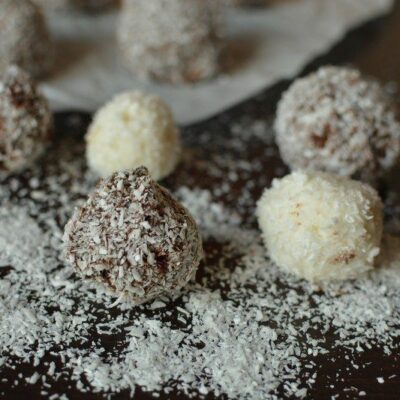

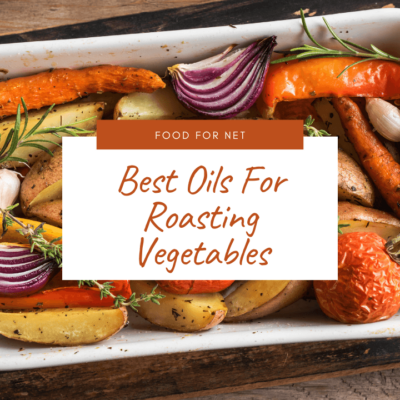

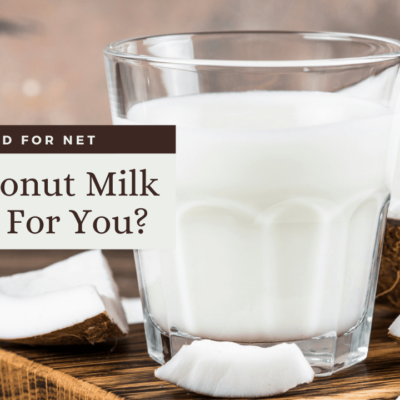


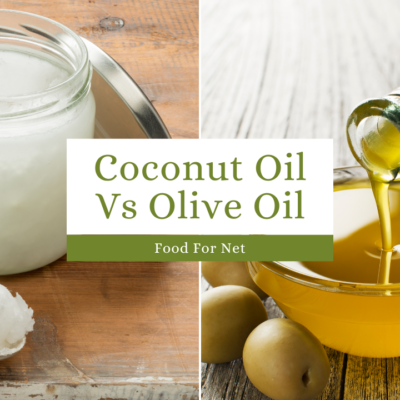
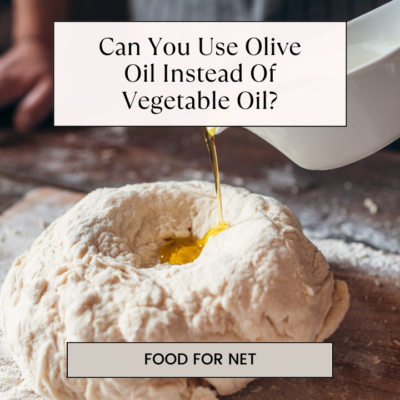
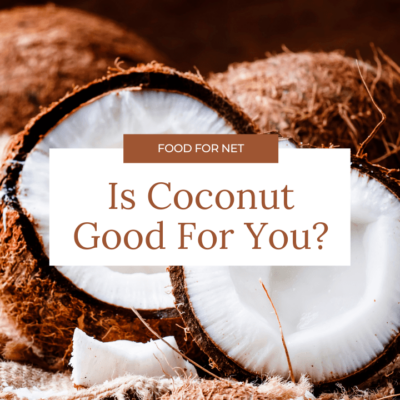
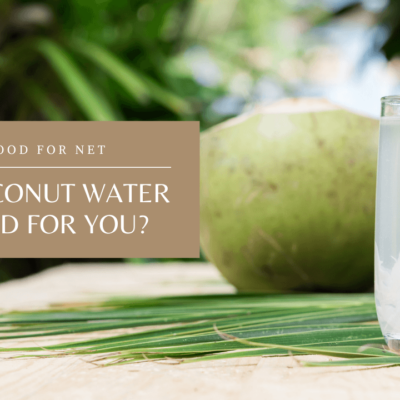
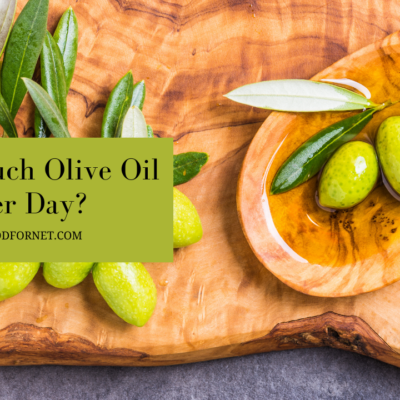
 Pickle Juice Vs Apple Cider Vinegar
Pickle Juice Vs Apple Cider Vinegar
Leave a Reply